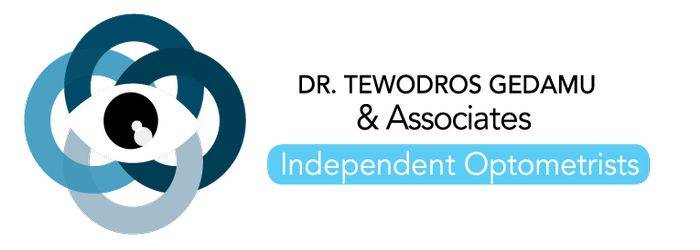Contact lens fitting procedure
The prescription you receive at the end of your eye exam is typically a prescription for eyeglasses only. An accurate prescription for contact lenses can only be issued after several steps are taken that are not included in a routine eye exam. If you are interested in contact lenses, be sure to let your doctor’s office know at the time you schedule your appointment and they will set up a contact lens fitting in addition to your eye exam. Note: Even if you are currently wearing contacts and you feel comfortable with them, this step is mandatory everytime your contact lens prescription is renewed. Please read on.
Contact lens fitting involves special measurements of the curvature of the front surface of your eye with an instrument called a keratometer. This gives your doctor a starting point for determining the proper curve and size for your contact lenses (There are many to choose from) and also detects changes which could indicate presence of corneal surface disease or dystrophy. Contact lensesthat are too flat or too steep for the shape of your eyes will be uncomfortable and/or can cause damage to the front surface of the eye, the cornea. Your contact lens fitting may also include additional computerized measurements of your eyes that let your doctor see the curve of the entire front surface of your eyes. (The keratometer measures only a small area at the apex of the cornea.) All contact lens fittings include an evaluation of the tear film on the front of your eyes. If your eyes are too dry, contact lenses may not be for you. If your eyes are marginally dry, some contact lenses work better than others. Typically, if your eyes are dry you should moisten them frequently with artificial tears especially formulated for use with contacts. Also, extended wear (overnight) of contact lenses may not be possible. Your doctor will also carefully evaluate the health of the cornea with an instrument called a biomicroscope (also called a slit lamp). This is to make sure there are no other problems that could make contact lens wear difficult for you. It also gives your doctor a baseline from which he can monitor any changes to your eyes from contact lens wear. On annual contact lens exams, your doctor makes a comparison of your tear layers to make sure that your current contacts are working as well as they should. Next, trial lenses may be applied to your eyes and evaluated with the biomicroscope to judge the fit of the lenses and how much they move with each blink. This step is also done at a follow-up visit in the fitting process. Sometimes, lenses that appear to fit fine when first applied can tighten up after several hours of wear. Checking the fit of your lenses several times is essential to ensure your lenses continue to fit properly and cause no adverse effects to the cornea. Finally, a review of how long to wear your lenses and how to care for them is an important part of the contact lens fitting. After your doctor is sure your lenses fit properly, provide satisfactory vision and comfort, and are causing no harm to your eyes, your final contact lens prescription can be written. It includes contact lens power (often slightly different than spectacle lens power), contact lens base curve, and diameter. Follow-up Exams and Replacement Contact Lenses
After your contact lens fitting is complete (typically the initial fitting plus 1 to 2 follow-up visits), you should have your eyes and contact lenses examined once per year. If you choose to purchase replacement lenses from a source other than where you received your contact lens fitting, be aware that you still need to have your eyes examined once per year. All contact lenses (no matter how well they fit or how new they are) reduce the amount of oxygen to the cornea and increase your risk for eye infections. Annual exams by an eye doctor are important to maintain the health of your eyes and avoid unnecessary complications from contact lens wear.

